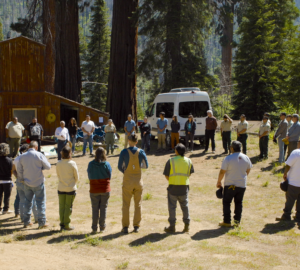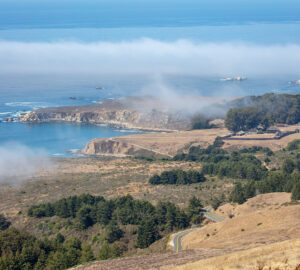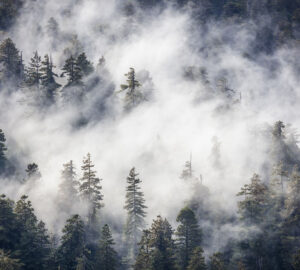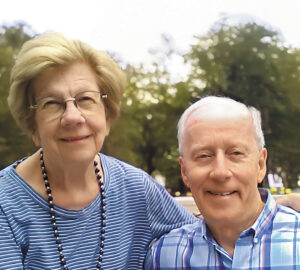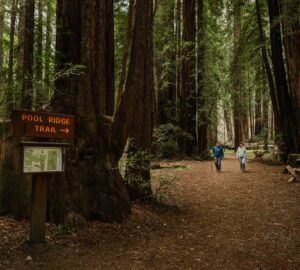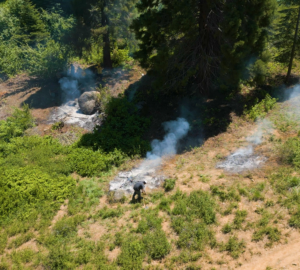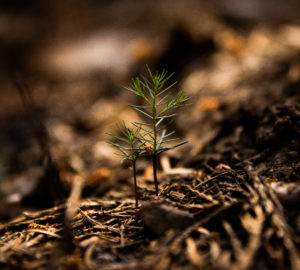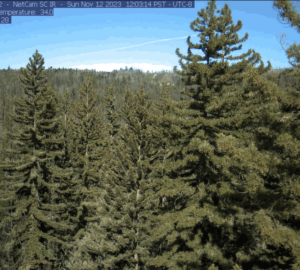Board member’s work with the League dates back more than 35 years
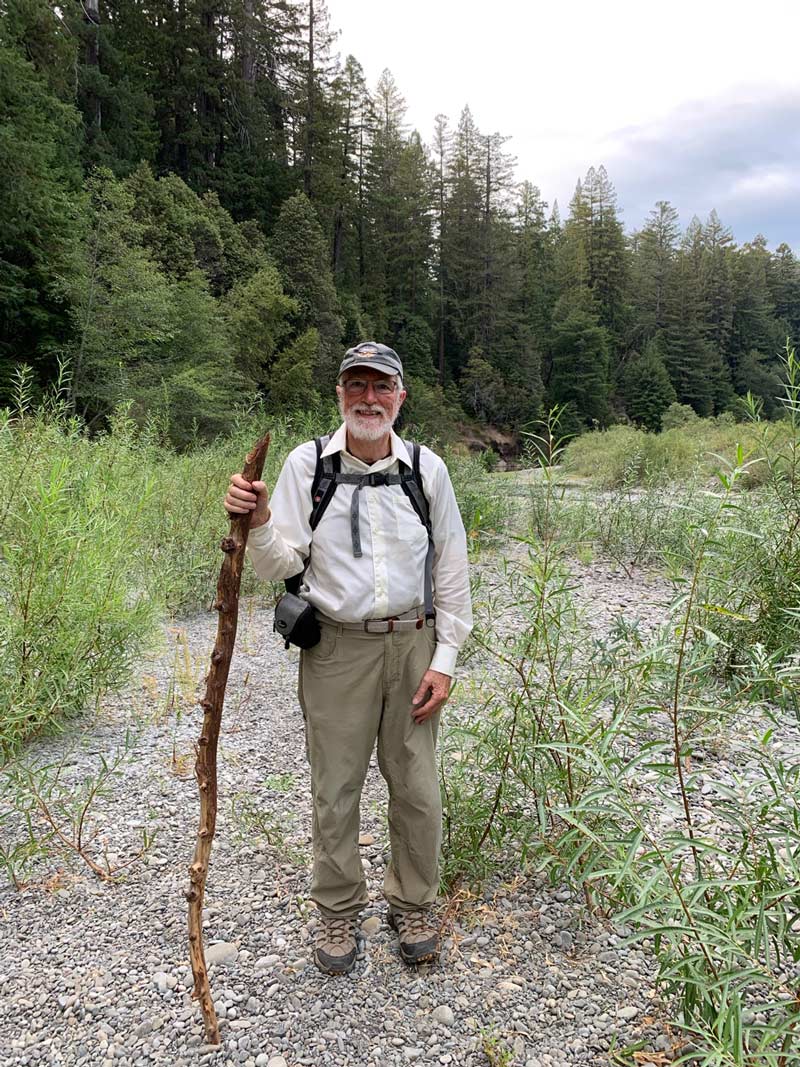
League Board Member Bill Croft grew up just north of San Francisco in San Rafael and developed an early love for the redwoods exploring nearby Muir Woods and Samuel P. Taylor State Park. But then his education and career as a linguistics research professor took him elsewhere—around the world, actually—and it was possible that his association with the tall trees would be limited to his childhood.
But when his father passed away at age 60 in 1984, and his family decided to dedicate a grove in his name within Big Basin Redwoods State Park through the Save the Redwoods League, Croft found his passion for redwoods reignited. And in the League, he had discovered an outlet, a way to channel his love into action.
“It didn’t take me long to understand the critical role that the League had played in our having any old-growth redwoods to enjoy,” he says. “At that time, the League was a smaller organization, but you could tell that the staff was really on top of everything, and you could see why they were so successful.”
Croft was elected to the League Council in 1987 and became a Board member in 2015. Even though he lives in New Mexico, he remains active on board’s Science Committee, advocating for the important role of science in the League’s mission.
Even though his academic field is linguistics, Croft says he was always fascinated by botany, and found a lot of connections between evolutionary biology and the ways through which language changes over time.
“Once on the Council, I found that the biologists there were just as interested in my field of study as I was in theirs,” he recalls. “And we all agreed that the best conservation was that which was based on science.”
Croft says he was particularly encouraged to take part by former Board member Bob Connick, who helped create the League’s Science Committee in 1999. At first the committee concerned itself with reviewing proposals for a small research grant program, but expanded to advise the Board on larger research initiatives.
Of these initiatives, none has been larger or more significant than the Redwoods and Climate Change Initiative launched in 2009. Through this initiative, the League has partnered with researchers from a variety of institutions–including Humboldt State University, University of California, Berkeley, Natureserve, United States Geological Survey, and Colorado State University–to explore critical questions related to redwoods and climate change.
“Bob argued forcefully that climate change is a threat to the redwoods, but that the redwoods could also help us find a solution,” Croft says.
Croft says that RCCI is noteworthy because it is a longitudinal study, tracking 16 permanent plots (11 in coast redwoods and five in giant sequoias) over time to gauge their response to the changing climate.
“This is the kind of research that government doesn’t do, because it doesn’t yield an immediate answer,” he says. “This is a perfect role for the League to play, to develop knowledge that can really make a difference.”
Drought, wildfire, and reduction in coastal fog are all challenges for coast redwoods and giant sequoias. Croft feels that the League’s commitment to understanding these factors through scientific research will be key to helping build resilience in these forests.

